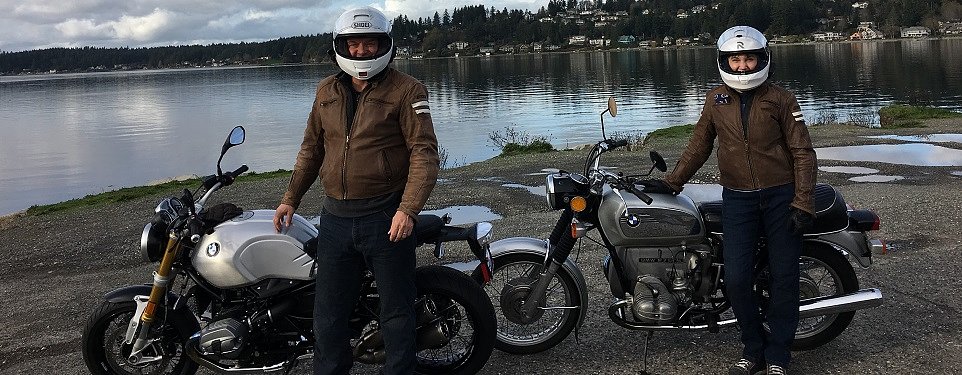I sold my last motorcycle, a Honda VFR800, three years ago when my beat-up body made riding it more of an ordeal than a pleasure. But the riding bug never left me.
So recently, when the chance to buy a friend’s motorcycle — a 15-year-old, 35,000-mile Kawasaki Ninja 650R — for an absurdly low price came along, I snapped it up. In so doing, I joined the ranks of what the motorcycle industry calls "re-entry riders."
After doing some preventive maintenance, I took the first ride on my new-to-me bike, and despite some tentative starts and sore muscles, it all came back to me pretty quickly. But I haven’t been away that long compared to some re-entries — people who rode in college, for example, then got married and had kids and lived the American dream, and now, decades later, find themselves gazing wistfully at every motorcycle that whizzes by.
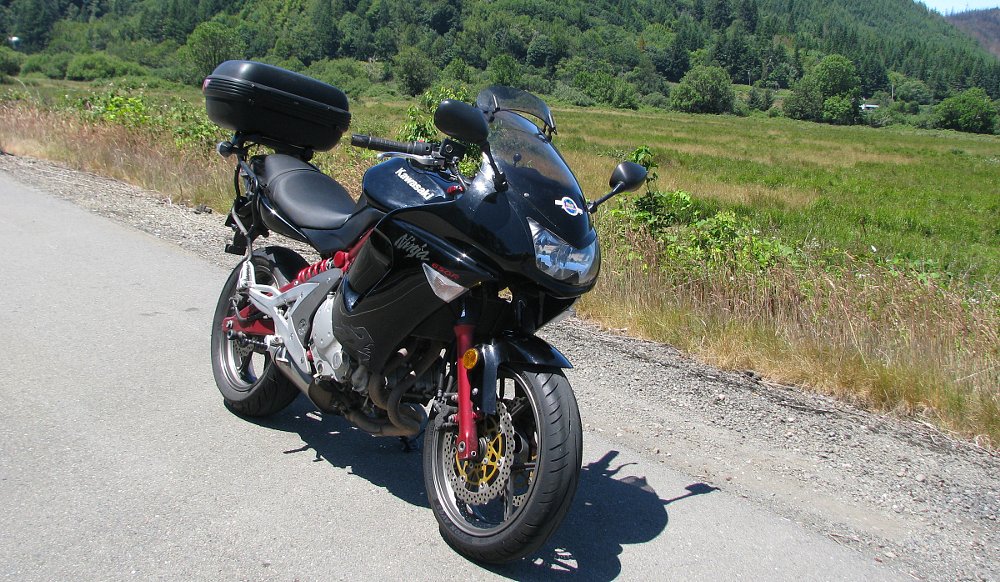
If you’re one of these dreamers, there are a few things you need to know. The sport you left isn’t necessarily the one you’re getting back into. A lot has changed in the last 20 or 30 years and you need to update your skills, your gear and your attitude to keep your re-entry from flaming out. Here are my tips for anyone who is getting back into riding after a long time away.
Don't go big
If you rode an old, used Japanese liter bike from the 1980s back in your college days, you’ll be in for a big surprise if you hop on a modern liter bike and whack open the throttle. Those air-cooled four-cylinder engines of yore put out about 90 horsepower and you can buy a bike that produces double that power today. Even the average middleweight cranks out enough horsepower to beat "fast" bikes of our youth and the ability to pin the speedo needle at 150 mph is easily within the reach of anyone with a decent credit rating. Buying too much bike — too fast, too big, too heavy — is one of the quickest ways to add "ex-" to the motorcyclist you want to be again.
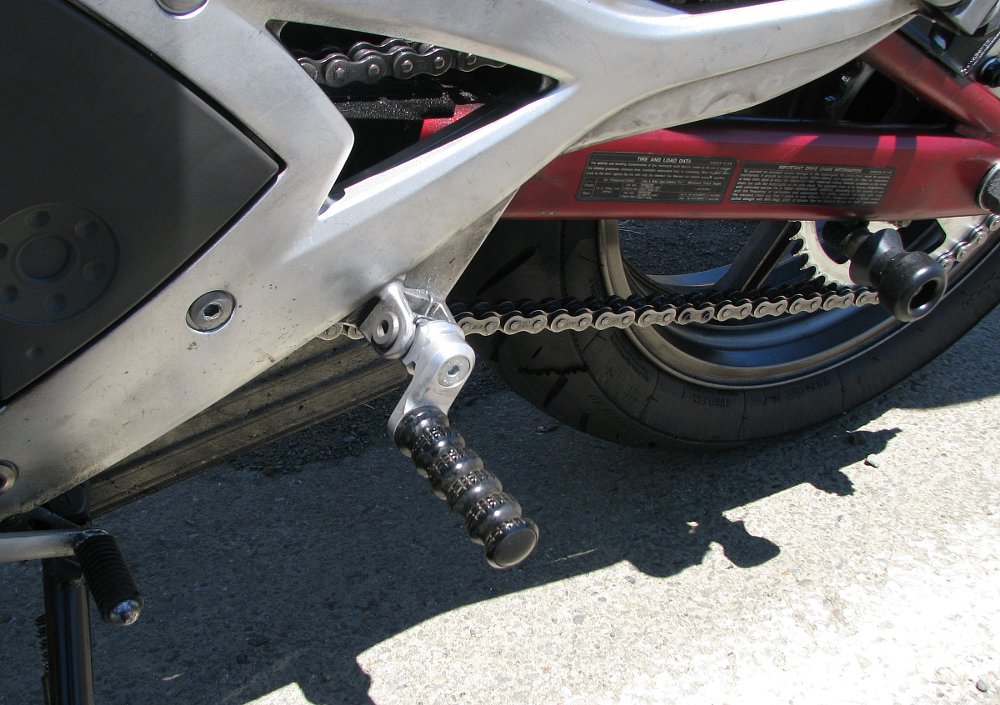
Besides the potential for unintended self-destruction to yourself, buying too much bike can also do financial damage. You might not actually stay with the sport. Some riders come to realize the memories are better than the reality and find themselves making payments on an unused bike taking up space in the garage. Restart your riding life on something small and light and you'll be less likely to drop it once or twice before you get your chops back. If you buy a cheaper used bike, you'll take less of a financial hit when you drop it anyway.
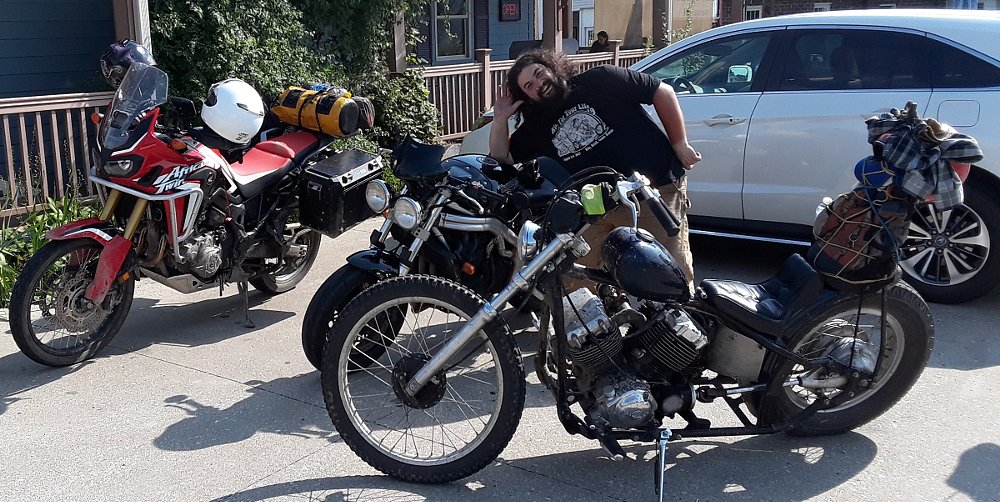
Don’t be swayed by peer pressure
If your friends who ride all have Harleys, or BMW GSs, or Hayabusas, resist the urge to go along with the gang. Get the bike that suits you, not them. If your buddies give you a hard time for riding a different brand of bike, they probably aren't really your buddies.
While manufacturers have begun offering more do-it-all motorcycles in recent years, the market is still segmented. A narrowly focused sport bike, adventure bike, cruiser or heavyweight tourer may hold you back from discovering new kinds of riding you enjoy. Resist the lure of advertising, think realistically about kind of riding you’re really going to do and buy the right bike for the job. And realize that you may change your mind, anyway, about what kind of riding you prefer.
Depending on how long you’ve been away from riding, the kind of motorcycle you rode back in the day may not feel so great to your current body. There’s a reason you so often see paunchy old guys like me on Honda Gold Wings and Harley-Davidson touring bikes. The spacious seating position is kind to old bones and creaking joints. I’m not nearly as limber as I was in my misspent youth, and my knees especially cry out these days at being bent too much, too often. My Ninja 650R has a moderately sporty riding position, but I've modified it with lowered footpegs and handlebar risers to make it more comfortable. Still, I’m not ruling out swapping it someday for a standard with a more moderate seating position.
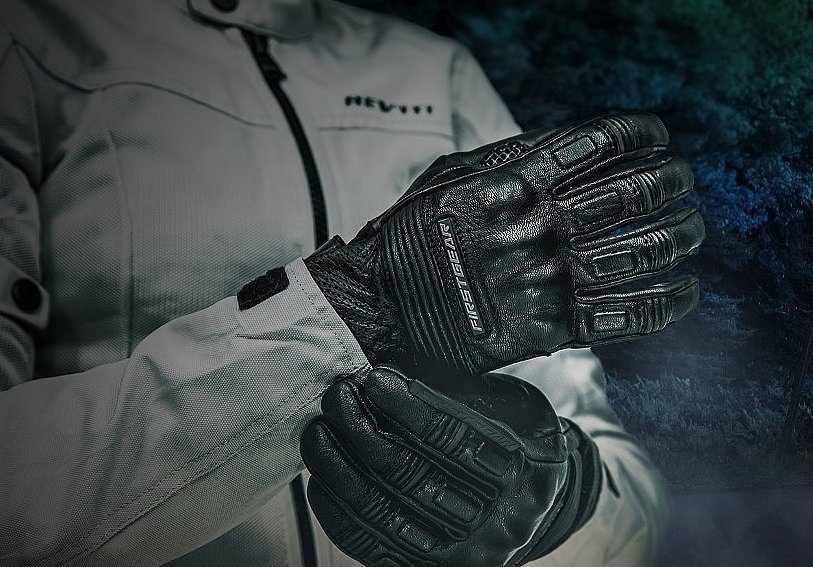
Bad news: You're older; Good news: Gear is better
The older you get, the longer it takes to heal, which puts the spotlight on your riding gear. Maybe you thought an open-face helmet, denim jacket, jeans and sneakers made you look cool in the old days, but they won’t do much more than that in a crash today.
Update your protective gear, starting with a full-coverage or modular helmet with good venting. In most crashes at street speeds the impact with the pavement or other obstacles does more damage than the slide, so choose a jacket with good armor in the shoulders and elbows and pants with armor in the knees. Don't forget gloves with retaining straps. Wear all your gear every time you ride. "I was just going to the store so I didn’t think I needed to wear all that stuff" is an excuse heard too often in the ER.
When I was younger, I could jump on a bike and ride a hundred miles before breakfast and sit down at Denny’s feeling great. I learned just recently that all of my motorcycling muscles atrophied during my layoff and doing some stretches before I suit up is a good idea. Pain is distracting and can slow your response to hazards on the road. Tune up your body the way you tune up your bike.
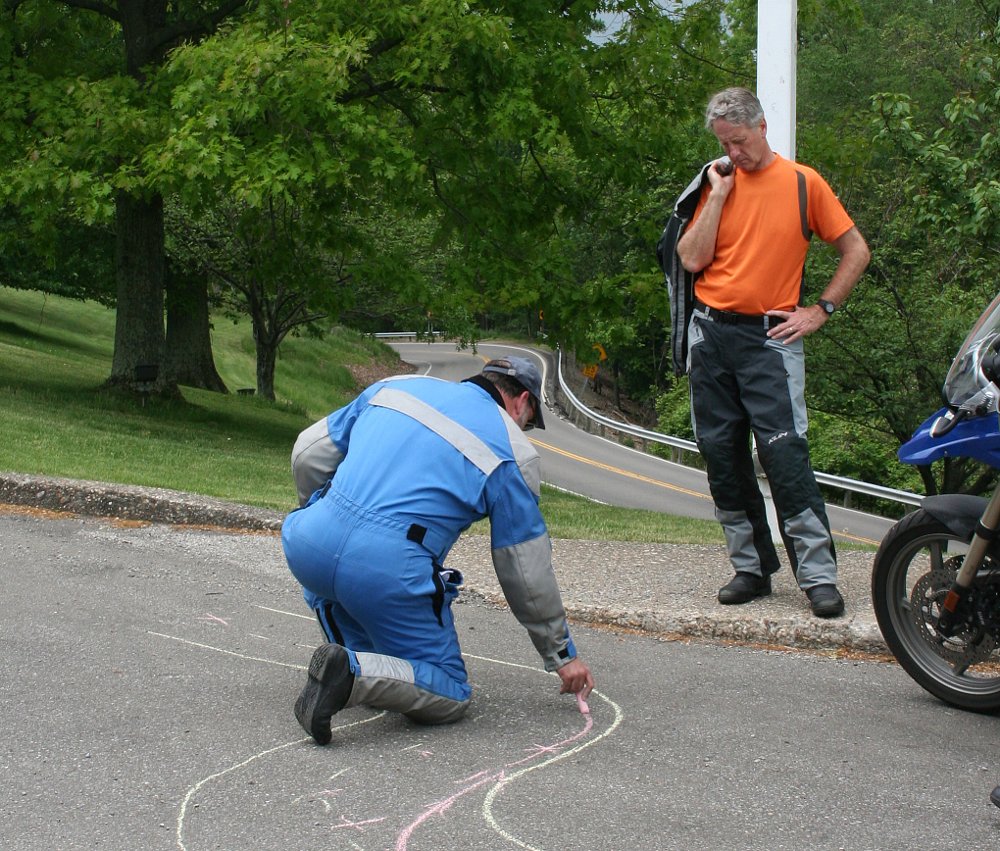
A refresher course makes sense
Time has a way of blunting what were once finely honed skills. My first ride on the Ninja was slow and cautious compared to the way I threw my old VFR800 around on the same roads, and sometimes it still seemed too fast. The Motorcycle Safety Foundation has a Returning Rider course specifically for riders coming back after a layoff, and I'm considering it.
The road environment has probably also changed. Maybe the last time you rode the highways weren't populated by pickup trucks with five-feet-tall hoodlines and drivers staring at their cell phones. There are good on-road training courses that teach not just riding techniques, but also how to be more aware of the risks and predict them so they don't take you by surprise.
Re-entry rider is better than former rider
For now, I’m just happy to be on two wheels again. I had no idea how much I missed it. I expect I’ll be the slowest one on any ride I take with friends for a while, but I’m in no rush.
As of my next birthday, my age starts with a seven, but if I play it cool, wear the right gear and respect my new limits, I don’t see why I can’t keep riding until it’s eight, and maybe even after that.










